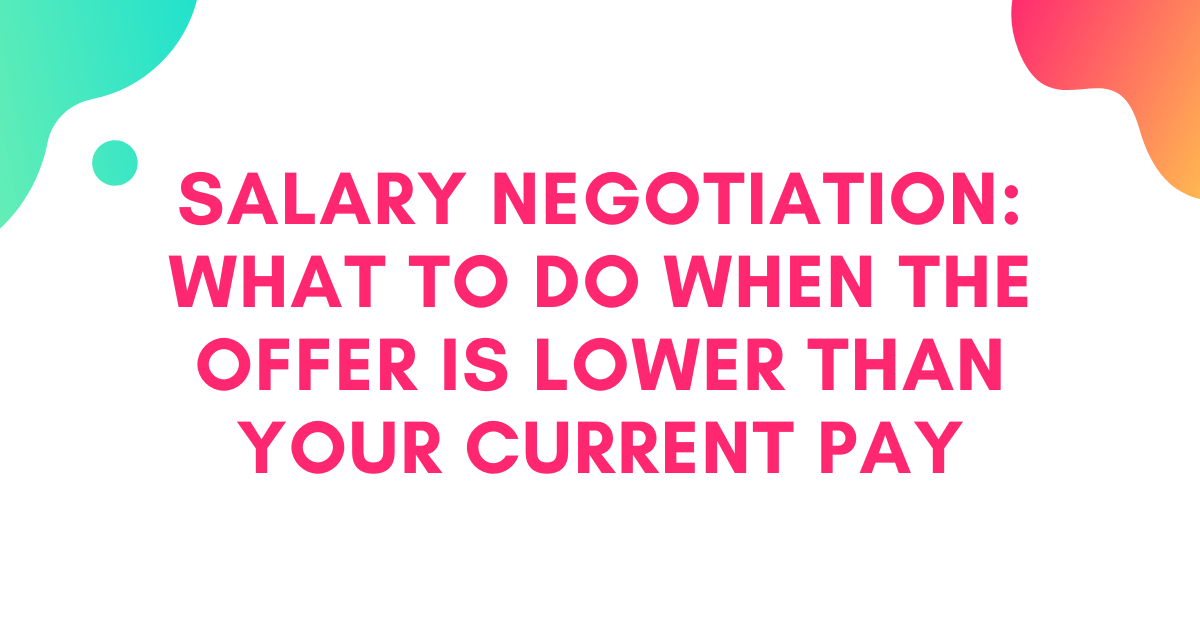Science-Backed Techniques for Rapid Anxiety Relief
Client Case Study: The High-Achiever in Crisis
A client recently came to a session with an anxiety level of ten out of ten.
Just days before, she was in a minor fender bender. While the physical damage was minimal, she was still mentally reeling from the impact.
By the time she arrived at our coaching session, she had already spent an hour talking to a therapist about the accident.
Yet, she still felt like she was, in her words, “surviving but not thriving.”
This starkly contrasted with the fact that she’s being considered for an accelerated promotion—one that would put her in a leadership role, managing a team, and making more money.
Addressing Anxiety in Real Time
"Let’s address that anxiety," I said.
Within ten minutes of our session, she felt a palpable shift—one that enabled her to enter her next meeting, a performance review, with a calm and clear head.
Wait, What? How?
Recently, I added the title "integrative hypnotist" to my LinkedIn profile. Not because I want to come across as an earnest quack 😂, but because the techniques in my coaching toolbox reliably create a shift in brain state.
And that’s really all hypnosis is—a way to generate a shift in your brain state.
Like Isaac Newton, I’m simply standing on the shoulders of giants: clinical researchers, doctors, and neuroscientists who have developed mind-shifting tools that work.
Science-Backed Techniques for Rapid Anxiety Relief
Here are a few techniques I use with my clients to help them shift their brain state and regain control over their emotions:
1. Havening Technique
This simple, safe, and non-invasive technique was developed by Dr. Ronald Ruden, a Harvard-trained neuroscientist. It works by triggering delta waves in the brain through a combination of touch, attention, and imagination. [Read more about it on Havening.org].
2. Bilateral Stimulation (BLS)
Developed by Dr. Francine Shapiro, Bilateral Stimulation works because anxiety often arises when one hemisphere of the brain is over-activated. BLS promotes balanced activity between both hemispheres, helping to restore emotional equilibrium. When I teach my clients a simple version of BLS, they consistently report feeling noticeably less anxious—even after just a single minute of practice. [Read more about Dr. Shapiro on EMDR.com]
3. Open Focus Brain Techniques
Based on the work of Dr. Les Fehmi, the Open Focus method is rooted in EEG research on brainwave activity. This state is characterized by increased alpha wave activity, improved communication between brain hemispheres, and enhanced mental function. By guiding my clients through Open Focus exercises, I help them shift from a constricted, stress-driven mindset to a more expansive and relaxed state. [Read more about it on Openfocus.com]
The Takeaway
When stress and anxiety levels run high for high-achievers, it can be overwhelming and disorienting.
But by learning tools to reliably shift your brain state through scientifically backed techniques, you regain clarity, composure, and confidence—even in high-stakes situations like reviews and negotiations.
In my coaching practice, we combine this practical neuroscience with no-nonsense strategic communication planning so you can accelerate your career growth while decelerating stress and anxiety.
Book your free 1:1 consultation for coaching today because your brain is capable of remarkable transformation, and all you need is the right tools at the right time.





